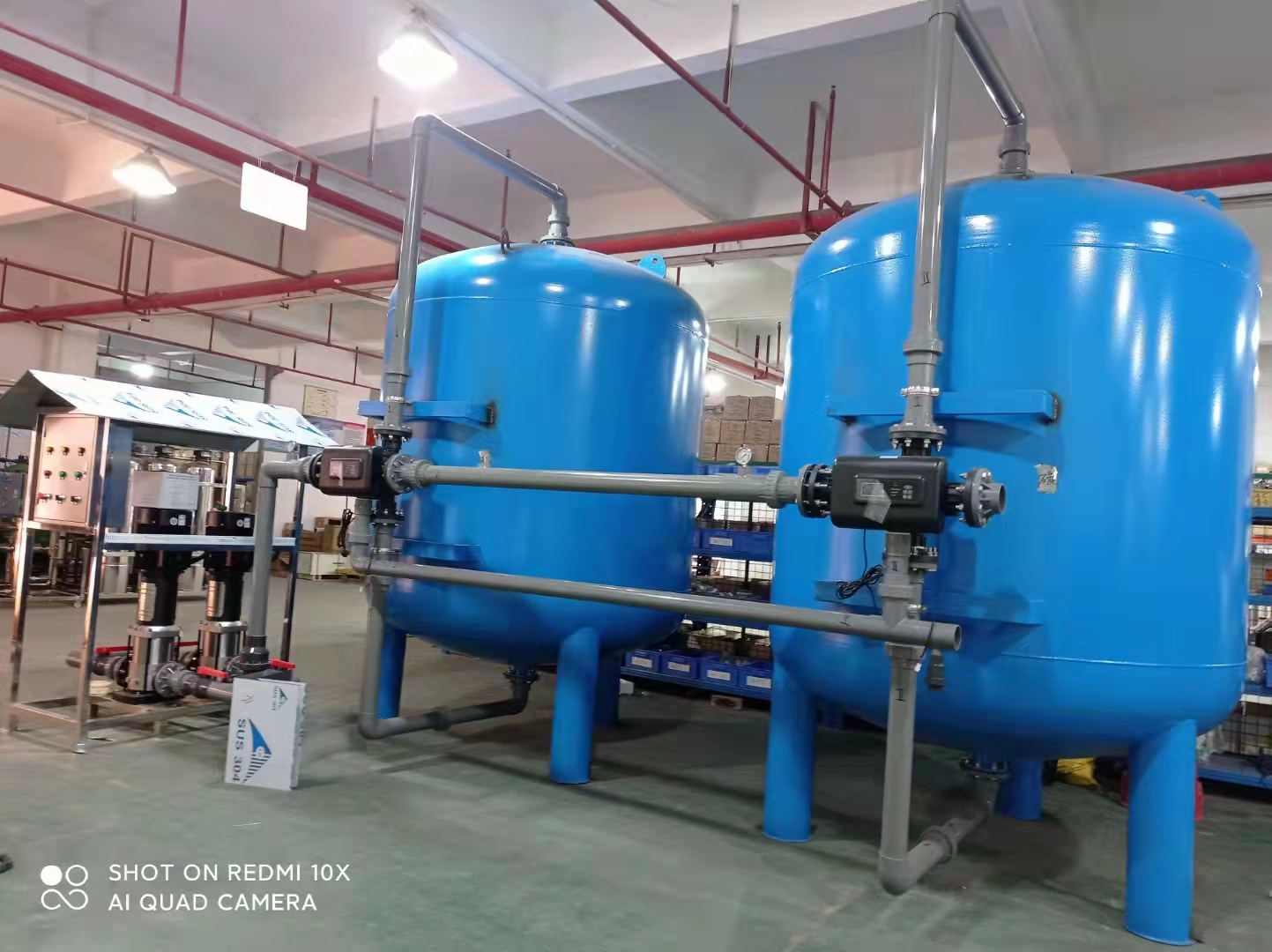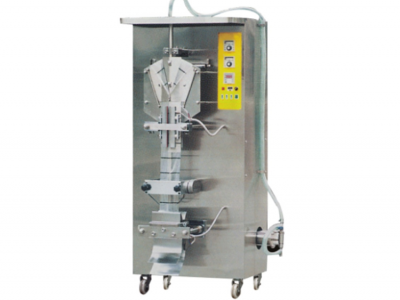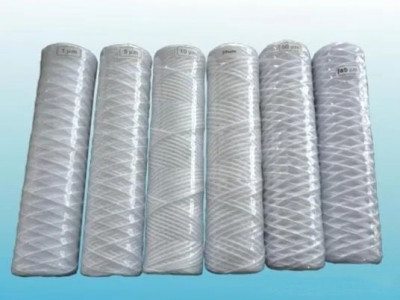How does a Sand Filter System work?
A sand filter is a type of water filtration system commonly used in swimming pools, aquariums, and industrial applications. It works by trapping and removing impurities from the water through a process called filtration.
The main component of a sand filter is the tank, which is typically made of fiberglass or metal and contains a bed of specially graded sand. The sand acts as the filtering medium, catching and retaining particles as water passes through it.
When water enters the sand filter, it flows downward through the sand bed. As it does so, larger particles such as debris, dirt, and organic matter are trapped in the spaces between the sand grains. This physical barrier prevents these impurities from passing through to the outlet.
The filtration process in a sand filter involves multiple stages. Initially, large debris is removed by a pre-filter or strainer located at the inlet pipe. Then, as water flows through the tank, finer particles are captured by the sand bed. Over time, however, these particles accumulate and can clog up the filter.
To maintain optimal performance, regular maintenance is required for sand filters. This includes periodic backwashing to remove accumulated debris from the filter media. Backwashing is an essential process that helps restore proper flow and efficiency to the system.
During backwashing, water flow is reversed in order to flush out trapped contaminants from the sand bed. The process involves several steps such as closing off valves leading into and out of the filter tank, activating the backwash mode on the pump or control valve, and allowing water to flow backwards through the system.
As water flows in reverse through the filter media during backwashing, it dislodges trapped debris and carries it away through a waste line or drain. This effectively cleanses and rejuvenates the sand bed so that it can continue to effectively remove impurities from incoming water.
Regularly backwashing your sand filter is crucial for maintaining its efficiency and prolonging its lifespan. It helps prevent clogging and ensures that the filter is able to effectively remove impurities from the water. The frequency of backwashing depends on factors such as the size of the filter, the flow rate, and the amount of debris in the water.
The Components of a Sand Filter
A sand filter is a type of water filtration system commonly used in swimming pools, aquariums, and wastewater treatment plants. It works by removing impurities and particles from the water through a process called filtration. The components of a sand filter play a crucial role in this process.
One of the main components of a sand filter is the tank. This tank is typically made of fiberglass or metal and is designed to hold the filter media, which is usually a bed of fine sand. The tank also contains various ports and valves that control the flow of water through the filter.
Another important component is the multiport valve or backwash valve. This valve allows for different functions such as filtration, backwashing, rinsing, and more. It controls the direction of water flow within the filter system.
The heart of a sand filter is the filter media itself, which is usually made up of specially graded sand. The size and type of sand used can vary depending on the specific application. The purpose of the filter media is to trap and remove impurities from the water as it passes through.
When water enters the sand filter, it flows downward through the bed of sand. As it does so, larger particles and debris are trapped in between the grains of sand while clean water continues to flow through. This process effectively removes contaminants such as dirt, leaves, algae, and other suspended solids from the water.
To maintain optimal performance, regular maintenance is required for a sand filter. This includes periodic backwashing to clean out accumulated debris from the filter media. Backwashing involves reversing the flow of water through the system to flush out trapped particles and restore proper flow rates.
Advantages of Using a Sand Filter
One of the key advantages of using a sand filter is its ability to capture both large and small particles. The graded nature of the sand bed ensures that larger particles are trapped near the surface, while smaller particles penetrate deeper into the bed before being captured. This allows for efficient removal of a wide range of contaminants.
Another advantage is that sand filters require minimal maintenance compared to other types of filtration systems. The sand bed can be easily cleaned by backwashing, which involves reversing the flow of water through the filter. During backwashing, accumulated debris is flushed out through waste pipes, ensuring optimal performance of the filter.
Sand filters also offer excellent longevity and durability. With proper care and maintenance, they can last for many years without needing replacement. Additionally, they are cost-effective in terms of both initial installation costs and ongoing operational expenses.
Maintenance and Troubleshooting Tips for Sand Filters
Regular maintenance is essential for ensuring the optimal performance and longevity of sand filters. By following these maintenance and troubleshooting tips, you can keep your sand filter in top condition.
- Regular Inspections: Conduct routine inspections of your sand filter to identify any potential issues. Check for leaks, loose connections, or damaged parts. Addressing these problems promptly can prevent further damage and ensure efficient filtration.
- Clean the Filter Media: Over time, debris and contaminants can accumulate in the filter media, reducing its effectiveness. It is important to clean the sand regularly to maintain proper filtration. Backwashing alone may not remove all the debris, so periodic deep cleaning is recommended.
- Backwash Properly: Backwashing is a crucial maintenance step that helps remove trapped particles from the filter media. Follow the manufacturer’s guidelines on how often to backwash your sand filter, as it can vary depending on usage and water conditions.
- Monitor Pressure Gauges: Most sand filters are equipped with pressure gauges that indicate when it’s time to backwash. Keep an eye on these gauges and backwash when the pressure rises above the recommended level. This ensures optimal flow rate and efficient filtration.
- Maintain Water Chemistry: Proper water chemistry is essential for effective filtration and preventing issues such as algae growth or scale formation in the filter system. Regularly test and balance your pool or spa water to avoid any imbalances that could affect your sand filter’s performance.
- Replace Broken or Worn Parts: If you notice any broken or worn-out parts during inspections, it’s important to replace them promptly. Damaged components can lead to reduced efficiency or even complete failure of your sand filter system.
- Avoid Chemical Damage: Some chemicals used in pools or spas can be corrosive and damage the internal components of a sand filter over time. Follow manufacturer recommendations regarding chemical usage and always add chemicals away from the skimmer to prevent direct contact with the filter.
- Seek Professional Assistance: If you encounter persistent issues or are unsure about how to address a problem with your sand filter, it is advisable to seek professional assistance. Certified technicians can diagnose and resolve complex problems, ensuring the proper functioning of your sand filter.
By following these maintenance and troubleshooting tips, you can maximize the performance and lifespan of your sand filter system. Regular care and attention will help keep your pool or spa water clean, clear, and safe for enjoyment.




